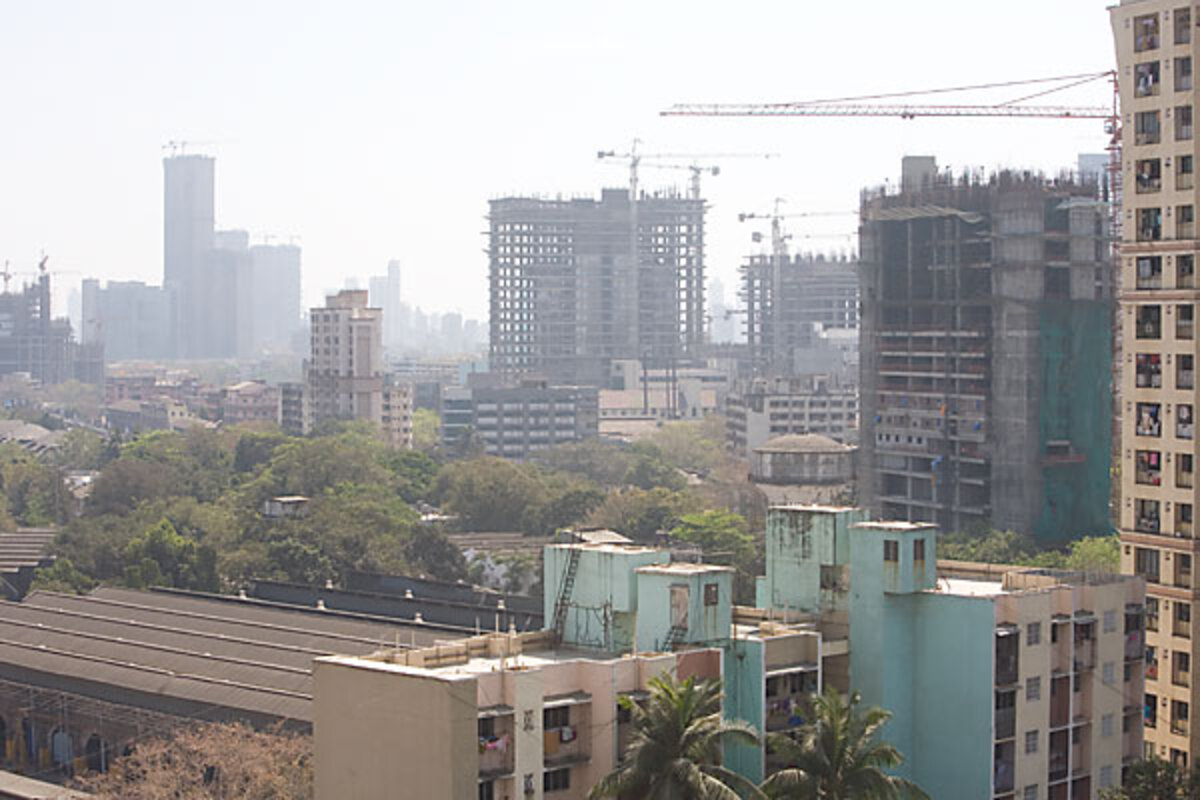India, China lead in lifting people out of urban slums, UN says
Loading...
| Mumbai, India
In the past 10 years, some 227 million people have been raised from slum conditions across the world, says a new United Nations report on the state of the world's cities.
But the number of people living in slums has still grown, adding 55 million over the past decade to reach 827.6 million this year.
��
��and India, as the most populous nations, lifted more from slum conditions than any other countries, ��adds. China's urban population living in slums fell from 37.3 percent in 2000 to 28.2 percent today; in India, nearly 60 million were lifted from slum conditions over the same time. The authors credit China's economic reforms��and pro-growth and urbanization policies, and India's efforts to provide microcredit, tenure, and basic services in slums.
��
��"For the first time we are moving toward ... accommodating of the poor and of the slums," says Amita Bhide, an associate professor at the Centre for Urban Planning and Governance at the Tata Institute of Social Sciences in Mumbai (Bombay), India.
Estimates of the percentage of people who live in slums in India's largest city��range from 49 to 60 percent, she says. "There is, I feel, some sort of acceptance that slums are a very big constituency, so most slums have at least a basic level of services," she notes. "Most Mumbai slums have access to safe water and some forms of access road. But when it comes to sanitation, the level of services is very poor."
��
��The largest slum population worldwide is in sub-Saharan Africa, at nearly 200 million (61.7 percent of its urban population). That's followed by southern Asia, at 190 million (35 percent). "Short of drastic action," the report says, "the world slum population will probably grow by 6 million each year."
��
��The UN defines a slum as lacking at least one of the following:
��
��1. Durable housing that protects against extreme climate conditions
��2. No more than three people sharing a room
��3. Easy access to safe water
��4. Access to a sanitary toilet
��5. Secure tenure
��
��The report also charts when various regions have reached their "tipping points" to become more urban than rural. The world now is 50.6 percent urban. Europe and North America reached that point before 1950, and Latin America achieved it during the 1960s. But the less urbanized regions, Asia and Africa, are expected to reach their tipping points in 2023 and 2030, respectively.
��
��In India, where only about 30 percent of people live in urban areas, recognition has grown that poverty exists not just in villages but in cities, too, Dr. Bhide says.
Looking just at caloric intake is not enough to evaluate poverty, she says, because for the urban poor, the cost of food and kerosene need to be considered. "All of these costs," she says, "are much higher on the urban poor."
��
��
��





